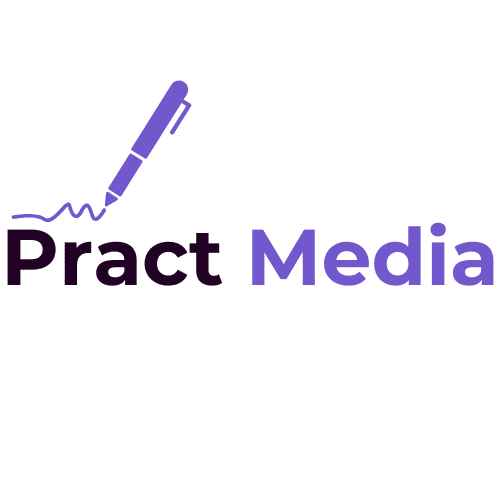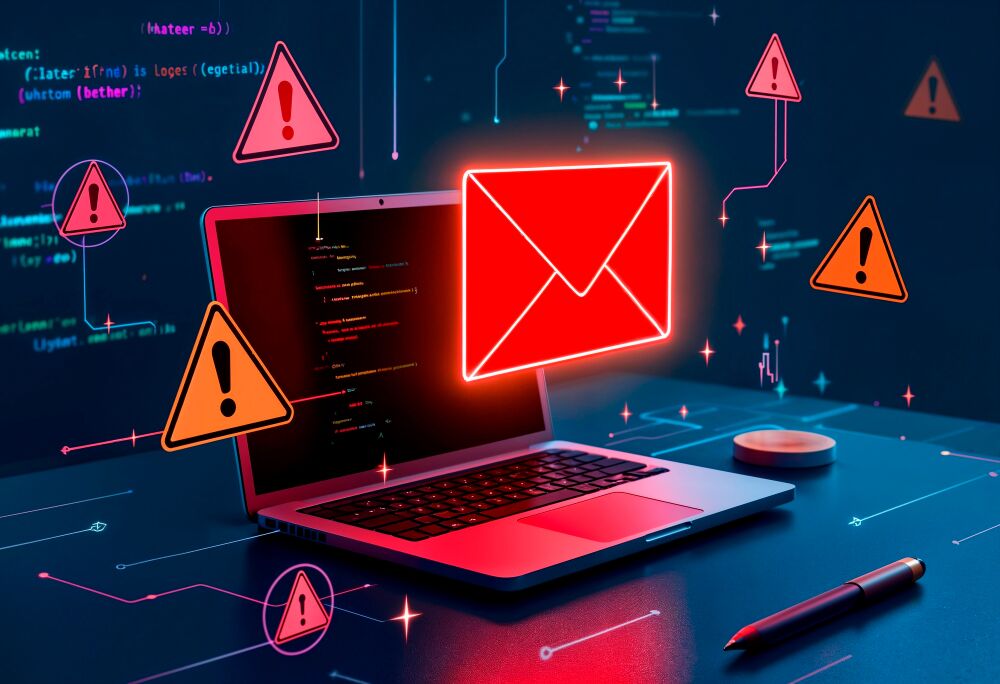The Ultimate Guide to Email Copywriting: Boost Open Rates & Conversions
Email copywriting is the art and science of crafting compelling email messages that engage readers and drive them to take action.
Whether for marketing, sales, or customer engagement,
a well-written email can distinguish between a sale and an unsubscribe.
What is Email Copywriting?
Email copywriting refers to writing persuasive email content designed to achieve a specific goal,
such as generating leads, driving sales, or maintaining customer relationships.
It combines psychology, marketing, and storytelling elements to engage the reader.
Importance of Effective Email Copy
Compelling email copy directly impacts open rates, click-through rates, and conversions.
A well-crafted email can nurture leads, strengthen customer relationships, and boost overall revenue.
How Email Copywriting Impacts Business Growth
A successful email marketing campaign can drive consistent traffic to a website,
convert leads into customers, and build long-term brand loyalty.
Email marketing boasts an ROI of $42 for every $1 spent,
making it one of the most effective digital marketing channels.
The Evolution of Email Marketing
Email marketing has evolved significantly
from simple promotional messages to highly personalized and automated campaigns.
Today’s strategies focus on segmentation, automation, and AI-driven personalization.
Understanding Your Audience
Why Knowing Your Audience Matters
Understanding your audience allows you to create tailored messages that resonate with their needs and desires.
Sending the right message to the right person at the right time increases engagement.
Creating Buyer Personas
Buyer personas help segment your audience based on demographics, behaviors, and preferences.
Creating detailed personas ensures your messaging aligns with customer expectations.
Segmenting Your Email List for Personalization
By categorizing subscribers based on behavior, location, and purchase history,
businesses can send more relevant content that increases engagement and reduces unsubscribes.
Behavioral Triggers and Consumer Psychology
Understanding what motivates your audience allows you to craft emails that tap into their desires, fears, and interests.
How to Collect and Use Customer Data Effectively
Use sign-up forms, surveys, and tracking tools to collect customer data and personalize email campaigns effectively.
The Anatomy of a High-Converting Email
Subject Line: The First Impression
Your subject line determines whether your email gets opened or ignored.
It should be clear, intriguing, and benefit-driven.
Preview Text: The Hidden Powerhouse
Preview text provides additional context to entice the reader to open the email.
Make it an extension of your subject line.
Email Body: Engaging and Persuasive Copy
Your email body should be concise, scannable, and compelling.
Use storytelling, bullet points, and persuasive language.
Call-to-Action (CTA): What You Want Them to Do
A strong CTA drives action. Use direct, action-oriented language that tells the reader exactly what to do next.
Signature and Branding Elements
If needed, your email signature should reflect your brand identity and provide contact details, social links, and disclaimers.
The Role of Email Footers and Unsubscribe Links
A transparent, professional footer reinforces trust and compliance with email regulations.
Including the unsubscribe button.
If the reader doesn’t want to receive your emails anymore, he could get out of your email list easily
Writing Killer Subject Lines
The Role of Curiosity and Urgency
Use curiosity and urgency to encourage openness.
Phrases like “Limited Time Offer” or “You Won’t Believe This” pique interest.
Personalization in Subject Lines
Including the recipient’s name or interests increases engagement.
and let the reader feel like they are receiving the email
from his friend or family and decides to open your email
to help your open rate grow
A/B Testing Subject Lines for Optimization
Test different subject lines to determine which performs best.
The Power of Emojis and Symbols
Emojis can make your email stand out in crowded inboxes.
Mistakes to Avoid in Subject Lines
Avoid misleading clickbait, excessive capitalization, and spam trigger words.
Crafting Engaging Email Openings
The First Sentence Hook
Your opening should immediately grab attention and hint at what’s inside.
Storytelling to Draw Readers In
A compelling story makes your email feel personal and engaging.
Using a Conversational Tone
Write as if you’re speaking directly to the reader.
Personalization Strategies for Immediate Engagement
Using past interactions and preferences makes emails more relevant.
Creating Compelling Email Bodies
Structuring Your Message for Readability
Use short paragraphs, subheadings, and bullet points for easy scanning.
People scan content
So make your emails scannable
Keeping It Concise but Impactful
Get to the point while maintaining engagement.
Emotional Triggers and Persuasion Techniques
Tap into emotions like fear, excitement, and curiosity.
The Role of Power Words and Psychological Hooks
Words like “exclusive,” “secret,” and “instant” add impact.
can boost your conversion rate and make the reader get into your house
by joining your email list, purchasing your product
Booking a call on your calendar or whatever your goal is from the email
Social Proof and Testimonials in Email Copy
Including testimonials builds credibility and trust. people trust people
no one can purchase from you if he doesn’t know you
or if there is no trust fracture before
Using Visuals and Multimedia for Engagement
Images, GIFs, and videos can enhance engagement.
Wiche gives your email some readability and more engagement
No one will stick with boring text. Make your email
funny and enjoyable to let the reader scroll till the end of your
letter
Mastering Call-to-Action (CTA) Writing
The Psychology Behind CTAs
A strong CTA aligns with user intent and psychology.
Best Practices for CTA Placement
Place CTAs strategically for maximum impact.
Examples of High-Converting CTAs
Examples include “Get Your Free Trial” and “Claim Your Discount.”
The Use of Scarcity and Urgency
Limited-time offers create a sense of urgency.
Button vs. Hyperlink: Which One Works Best?
Buttons are more noticeable, but hyperlinks feel natural in text.
Conclusion & Final Tips
Email copywriting is both an art and a science.
Crafting compelling subject lines, engaging openings, and persuasive CTAs can increase engagement and conversions.
Keep testing and refining your approach to stay ahead.
FAQs
What is the ideal length for an email copy?
The ideal length for marketing emails is 50-125 words, but it depends on the purpose of the email.
How can I increase my email open rates?
Optimize your subject lines, personalize emails, and send them promptly.
What are the best tools for email copywriting?
Some great tools include Mailchimp, HubSpot, and Grammarly.
How often should I send marketing emails?
It depends on your audience, but once or twice a week is generally adequate.
How do I avoid my emails going to spam?
Avoid spammy words, use a verified domain, and maintain a clean email list.


Your writing has a way of making even the most complex topics accessible and engaging. I’m constantly impressed by your ability to distill complicated concepts into easy-to-understand language.
Thank you for your opinion Friend and you are welcome